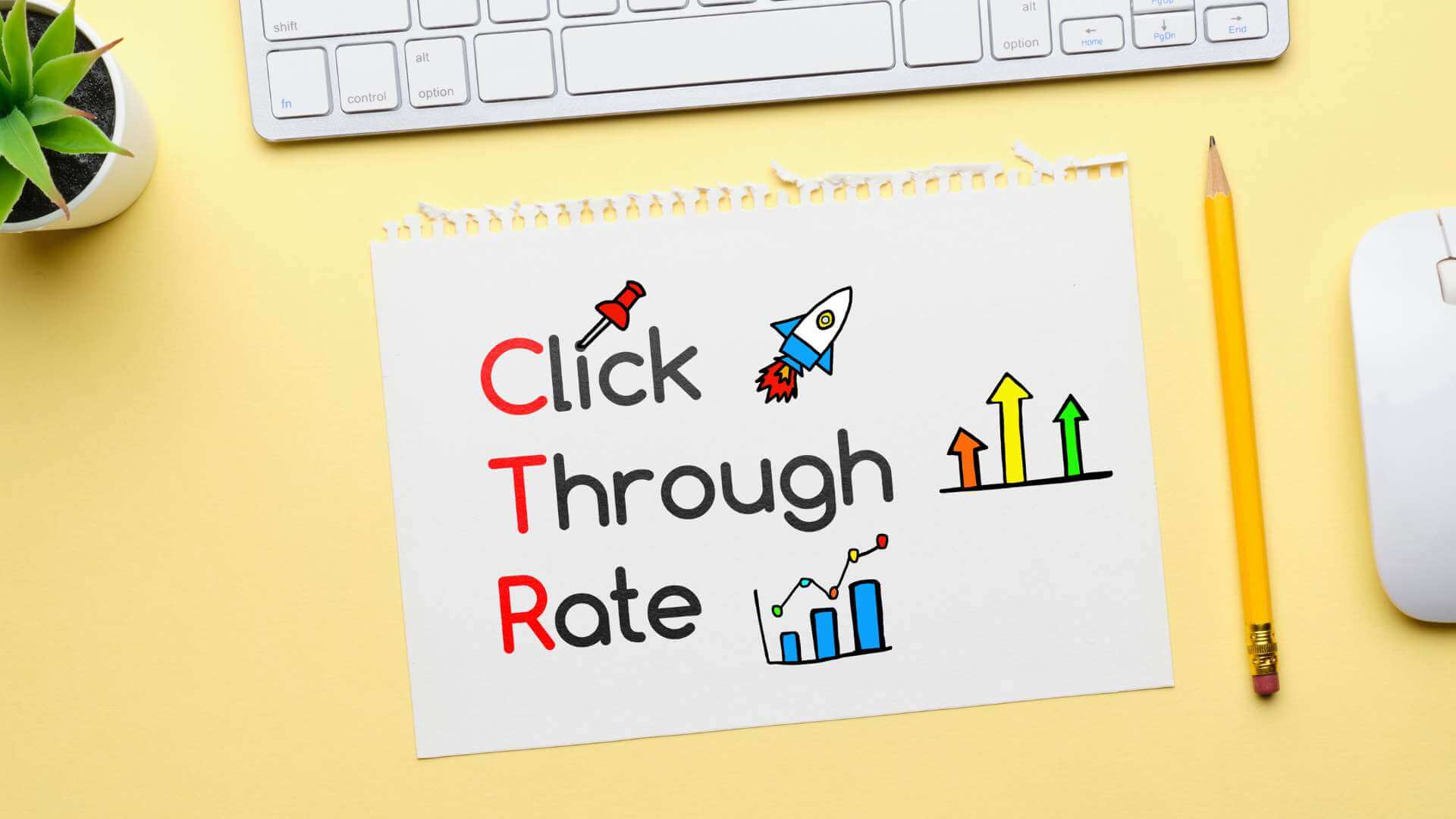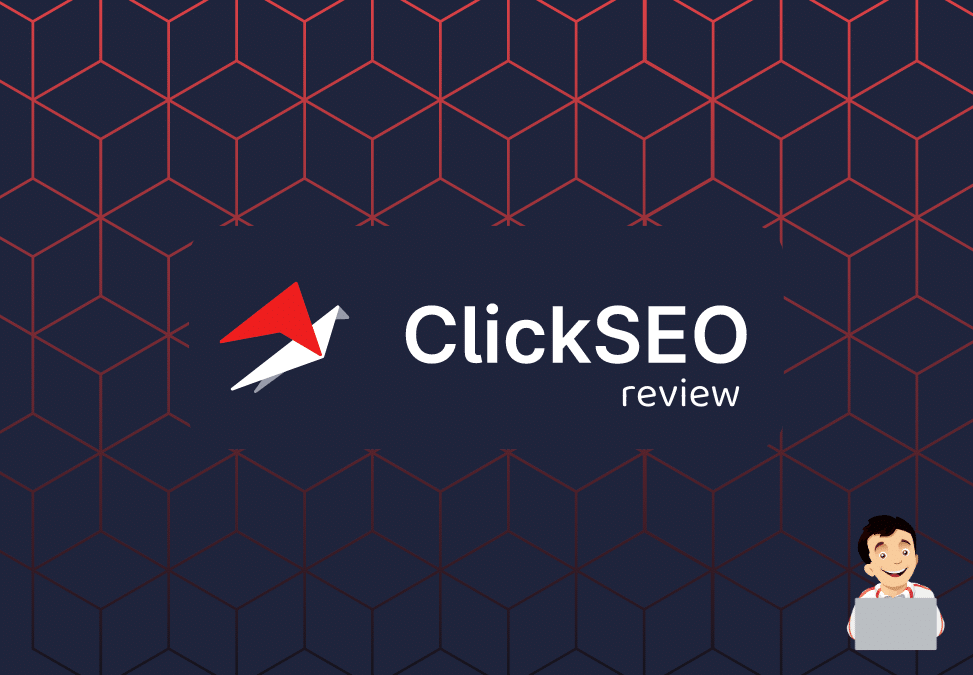Maximize Your Online Impact with LinkDaddy CTR Manipulation Solutions
Maximize Your Online Impact with LinkDaddy CTR Manipulation Solutions
Blog Article
Maximizing Organic Click-Through Rates With CTR Control
The optimization of natural click-through prices (CTR) is a nuanced undertaking that hinges on recognizing both customer psychology and reliable material discussion. The landscape is raging with misconceptions and oversimplifications about what genuinely drives CTR.
Comprehending Click-Through Rates
Understanding click-through rates (CTR) is essential for evaluating the effectiveness of internet marketing approaches. CTR determines the portion of users who click a certain web link or ad compared to the total variety of individuals who view it. A higher CTR indicates that the content is involving and appropriate to the target audience, while a reduced CTR might indicate a requirement for optimization.
To determine CTR, divide the number of clicks by the variety of perceptions and multiply by 100. If an ad obtains 300 clicks out of 10,000 perceptions, the CTR would certainly be 3%. This statistics is important for examining different components of electronic marketing, consisting of search engine optimization (SEARCH ENGINE OPTIMIZATION), email campaigns, and social media sites advertising.
Furthermore, assessing CTR assists marketers recognize which techniques yield the most effective results and which call for refinement. By concentrating on improving CTR, services can enhance their web content's presence and efficiency, bring about boosted website traffic and potential conversions. Comprehending the subtleties of CTR is foundational for any type of online marketer intending to optimize their on the internet visibility and optimize roi (ROI)

The Psychology of User Actions
Customer actions is dramatically affected by emotional aspects that determine exactly how individuals interact with online web content. Recognizing these aspects is necessary for enhancing click-through rates (CTR) in organic search outcomes. Cognitive prejudices, such as the anchoring impact, play an important role fit customers' assumptions. Their preliminary impressions can greatly influence their subsequent judgments concerning significance and credibility. when customers come across information.
Emotional feedbacks also dramatically impact individual behavior. Material that reverberates mentally can cause a sense of seriousness or inquisitiveness, triggering customers to click. Additionally, social evidence-- such as customer reviews or scores-- can boost count on and urge engagement, as individuals commonly want to the habits of others to educate their own decisions.
Additionally, the concept of scarcity can drive clicks - LinkDaddy CTR Manipulation. Limited-time offers or exclusive material develop a fear of missing out (FOMO), compelling individuals to act promptly. Understanding these psychological chauffeurs allows marketers to create more compelling material that resonates with their target audience
Efficient CTR Control Strategies
Leveraging emotional understandings can significantly enhance click-through prices (CTR) with targeted manipulation methods. Among the most reliable methods is the usage of compelling headlines that evoke inquisitiveness or urgency. Phrasing titles as questions or incorporating numbers can attract more attention, prompting users to click.
Another strategy entails maximizing meta summaries to produce a sense of significance and immediacy. By clearly describing the solutions or advantages supplied in the material, you can engage potential readers and encourage them to click. In addition, using power words-- such as "special," "verified," or "totally free"-- can enhance the allure of your material.
Visual elements additionally play a critical function. Incorporating eye-catching photos or thumbnails can attract users in and boost CTR. A/B screening different visuals can aid determine which images reverberate finest with your audience.
Last but not least, guaranteeing that your content assures deliverable value brings about greater pop over here CTR. They are more most likely to engage when individuals perceive that clicking will certainly provide them with significant insights or options. By employing these methods attentively, marketing professionals can efficiently adjust CTR to their advantage while maintaining moral standards.
Typical Misconceptions About CTR
Several misunderstandings border click-through prices (CTR) that can lead marketers to make misguided decisions. While a high CTR suggests that even more users are clicking, it does not ensure sales or conversions.
Another common belief is that CTR is an isolated metric. In truth, CTR needs to be evaluated in conjunction with various other efficiency indications, such as bounce price and conversion rate, to acquire an alternative view of campaign success.
In addition, some marketers think that maximizing for CTR alone is enough. Nevertheless, focusing exclusively on CTR can lead to clickbait methods that might bring in clicks yet stop working to engage customers meaningfully. This technique can harm brand name online reputation and cause reduced retention prices
Lastly, there is an idea that CTR methods are widely reliable. The reality is that optimal CTR methods can vary significantly throughout industries and target market, requiring customized methods for different market sections. Understanding these misconceptions is essential for creating effective CTR approaches that align with overarching advertising and marketing goals.
Gauging CTR Success
Although high click-through rates (CTR) can show successful interaction with content, determining their real success requires a detailed check my site analysis of a number of variables. First, it is important to understand the context in which the CTR is attained. A high CTR on a misleading title might not convert to meaningful engagement or conversions, eventually showing inadequately on the brand's trustworthiness.
2nd, reviewing the source of traffic is vital. Organic website traffic from search engines can represent Web Site a robust material method, while clicks from unnecessary resources might show an absence of targeting. In addition, gauging the succeeding user behavior is vital; analyzing metrics such as bounce rate, time spent on page, and conversion rates can provide deeper insights right into the top quality of the involvement launched by the CTR.

Verdict

The optimization of organic click-through prices (CTR) is a nuanced venture that pivots on comprehending both user psychology and reliable material discussion. CTR determines the percentage of customers who click on a details web link or advertisement contrasted to the total number of individuals who watch it. A higher CTR shows that the content is involving and relevant to the target audience, while a reduced CTR may signify a need for optimization.
Concentrating exclusively on CTR can lead to clickbait techniques that may draw in clicks yet stop working to involve users meaningfully. Furthermore, measuring the subsequent customer behavior is crucial; analyzing metrics such as bounce rate, time invested on page, and conversion rates can give deeper insights right into the quality of the interaction launched by the CTR.
Report this page